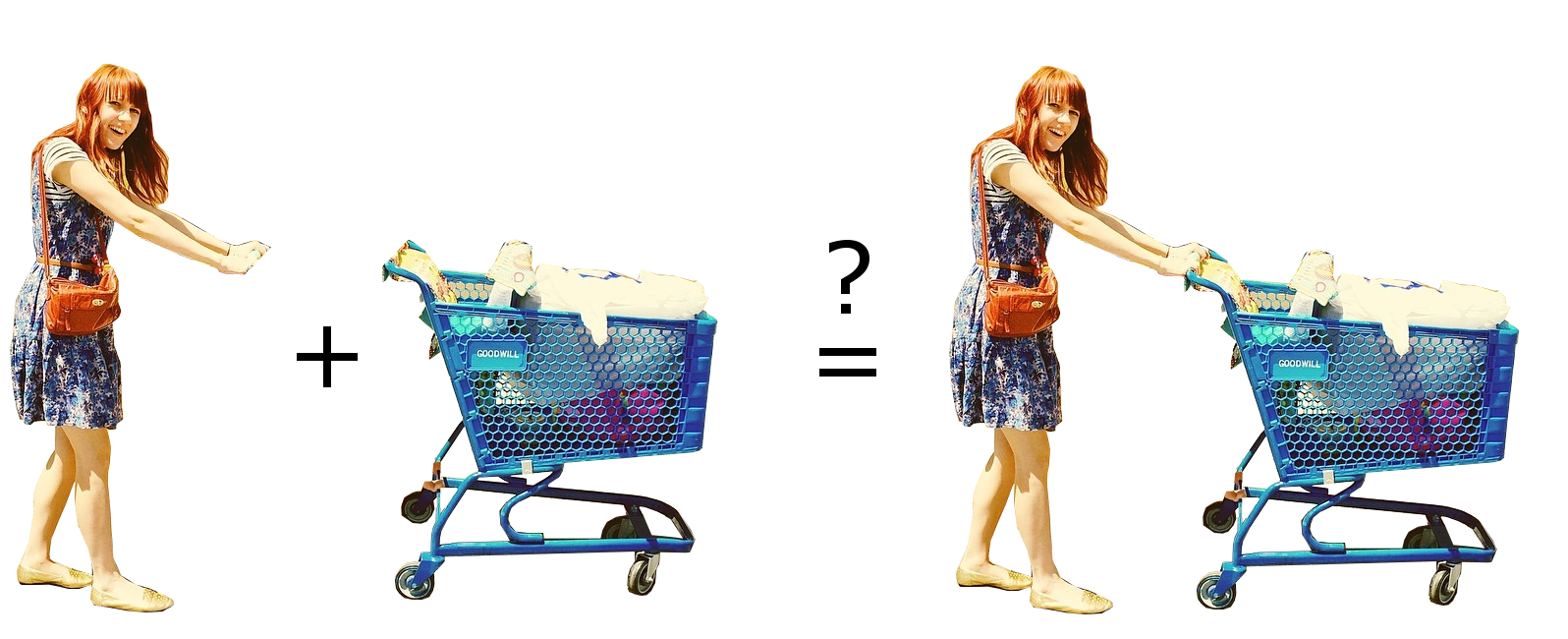Cutups and configural processing
13 Apr 2016In the 1950s William S. Burroughs popularized an art form called the “cut-up technique.” The idea was to take existing stories (in text, audio, or video) and cut them up into pieces, and then recombine them into something new. His creations are a juxaposition of (often disturbing) imagery, chosen to fit together despite coming from different sources. Here’s a sample from The Soft Machine:
The cut-ups aren’t always coherent in the sense of having an understandable plot - sometimes Burroughs was just aiming to convey an emotion. He attributed an almost mystical quality to cut-ups, saying they could help reveal the hidden meanings in text or even serve as prophecy, since “when you cut into the present the future leaks out.” His experimental film The Cut-Ups was predictably polarizing, with some people finding it mesmerizing and others demanding their money back.
If you jump through the video a bit you’ll see that it isn’t quite as repetitive as it seems during the first minute. (I also think Burroughs would heartily approve of jumping through the movie rather than watching it from beginning to end.)
This idea of combining parts to create something new is alive and well on the internet, especially now that we are starting to amass a huge library of video and audio clips. It’s painstaking work, but there is a whole genre of videos in which clips from public figures are put together to recreate or parody existing songs, or to create totally original compositions.
Since the whole can have a meaning that is more than the sum of its parts, our brains must be somehow putting these parts together. This process is referred to as “configural processing,” since understanding what we’re hearing or seeing requires looking not just at the parts but at their configuration. Work from Uri Hasson’s lab (before I joined as a postdoc) has looked at how meaning gets pieced together throughout a story, and found a network of brain regions that help join sentences together to understand a narrative. They used stimuli very similar to the cut-ups, in which sentences were cut out and then put back together in a random order, and showed that these brain regions stopped responding consistently when the overall meaning was taken away (even though the parts were the same).
Today I (along with my PhD advisors, Fei-Fei Li and Diane Beck) have a new paper out in Cerebral Cortex, titled Human-object interactions are more than the sum of their parts (free-access link). This paper looks at how things get combined across space (rather than time) in the visual system. We were looking specifically at images containing either a person, an object, or both, and tried to find brain regions where a meaningful human-object interaction looked different from just a sum of person plus object.

In the full paper we look at a number of different brain regions, but some of the most interesting results come from the superior temporal sulcus (an area right behind the top of your ears). This area couldn’t care less about objects by themselves, and doesn’t even care much about people if they aren’t doing anything. But as soon as we put the person and object together in a meaningful way, it starts paying attention, and we can make a better-than-chance guess about what action the person is performing (in the picture you’re currently looking at) just by reading your brain activity from this region. Our current theory about this region is that it is involved in understanding the actions and intentions of other people, as I described in a previous post.
Next month I’ll be presenting at CEMS 2016 on some new work I’ve been doing with Uri and Ken Norman, where I’m trying to figure out exactly which pieces of a story end up getting combined together and how these combined representations get stored into memory. Working with real stories (like movies and TV shows) is challenging as a scientist, since usually we like our stimuli to be very tightly controlled, but these kinds of creative, meaningful stimuli can give us a window into the most interesting functions of the brain.
Comments? Complaints? Contact me @ChrisBaldassano